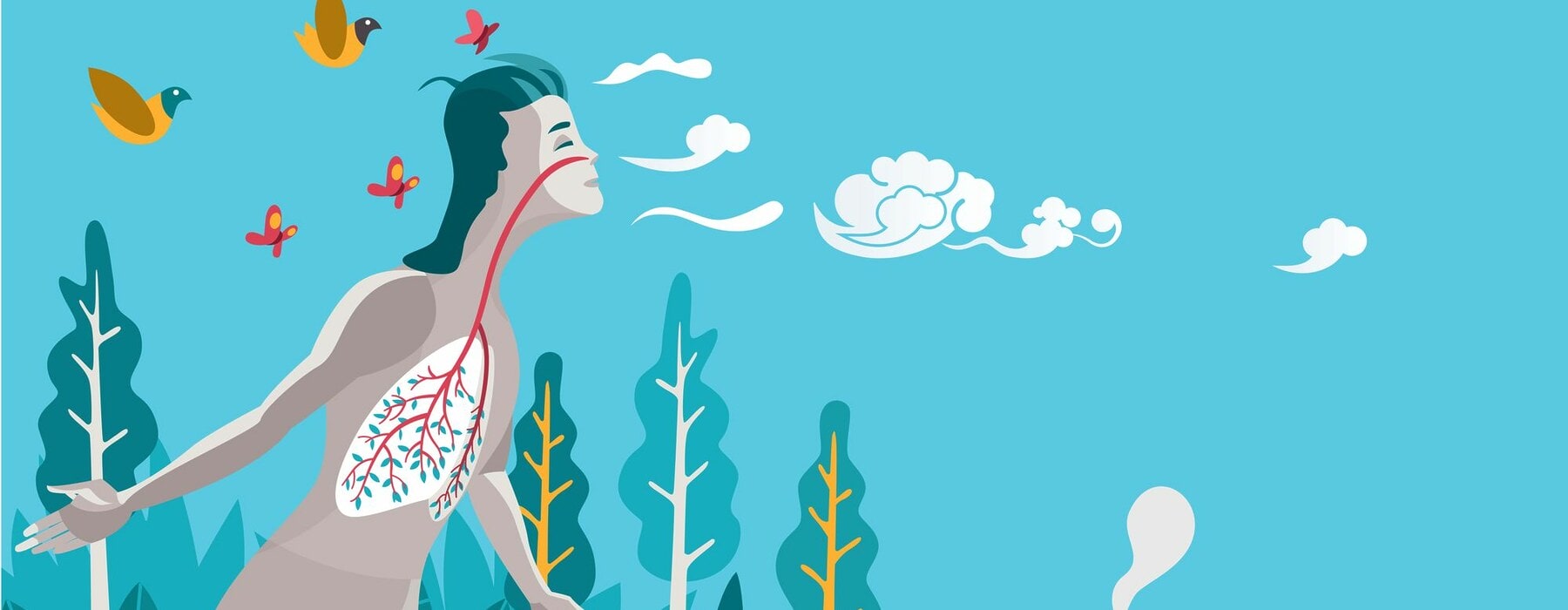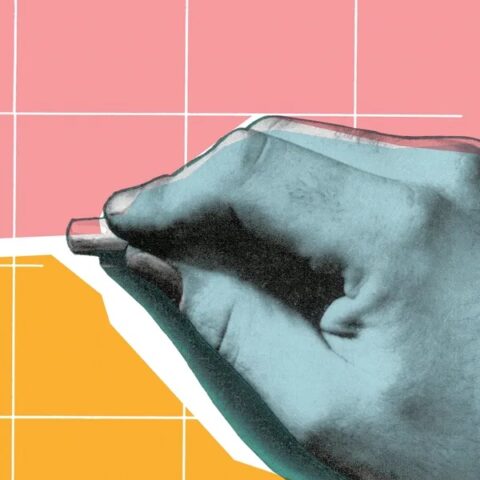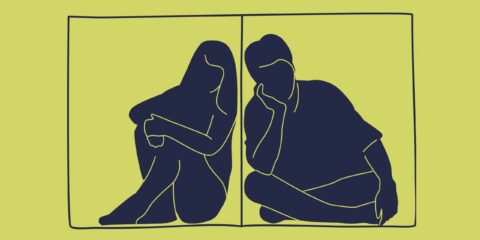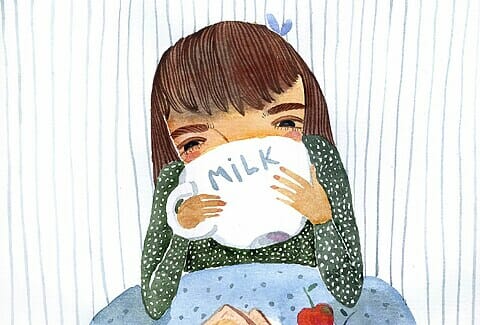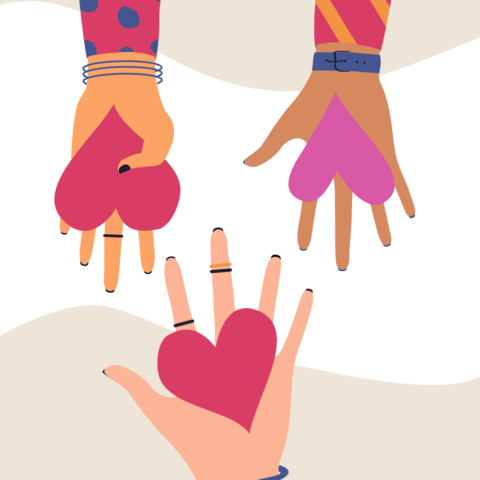Simple breathing techniques could change your life, as Amy Prebble and Jessica-Belle Greer discover.
We all do it around 23,000 times a day. But when it comes to breathing, practice doesn’t necessarily make perfect.
The good news is, you can become a better breather. Breathwork has been getting a lot of hype in the wellness sphere over the last few years, while yoga practitioners and Buddhist monks have been paying attention to breathing for far longer.
One of the stars of the breathing world is Dutch extreme athlete Wim Hof, who counts Oprah Winfrey and Orlando Bloom among his followers. He recommends breathing techniques – in conjunction with cold therapy and meditation – to improve your energy levels, reduce stress and anxiety, and rebalance your immune system, which all sounds very appealing.
Does your breath need work?
So how do you know if your breathing could do with some work? Dina Ceniza, director of Auckland’s The Breathe Clinic, says there are a number of signs. “Sighing, yawning and coughing a lot are all outward signs of poor breathing technique,” Dina reveals. “A lot of people breathe through their mouths but they’re not actually aware of it. Breathing fast or breathing loudly are also signs. If you’re beside someone and you can hear them breathe, there’s something wrong.
Sighing, yawning and coughing a lot are all outward signs of poor breathing technique
“The underlying condition of all of these things is hyperventilation,” she explains. “This just means you’re bringing in more air than your body needs. When people hear that word, they think, ‘I don’t have that because I don’t do the deep breaths or the panic attack thing’. But that is an acute hyperventilation attack. There is another type that people don’t know about: chronic hyperventilation.”
Understanding chronic hyperventiliation
Most of us start life breathing properly, until about the age of three. When an infant breathes, their tummy naturally goes in and out. Once we hit school age, we begin to have periods of breathing “vertically”. We start taking shallower breaths in the upper chest, which is how we’re designed to breathe when we face stressful situations. If this continues, we end up overusing our intercostal muscles (the ones between our ribs) and our shoulder muscles, while neglecting our diaphragm, which allows us to breathe into our bellies.
“Normally in life, breathing goes up and down, and that’s natural,” says Dina. So when you’re running, your breathing goes up and then back down to your baseline. Sometimes it goes up because of a stressor. It could be anything: illness, stress, a food intolerance or an accident. The stressor goes away and your breathing goes back down, but for whatever reason, you’re not as resilient that day and it gets stuck on its way down.
“Now you’re breathing slightly more than before, but it’s not really noticeable,” says Dina. “That’s your new baseline. Then you have to deal with more stress and your breathing goes up and it gets stuck again, now higher than before.”
It can easily get to a stage where you’re taking short, shallow breaths most of the time. This is particularly true as we get older, become more sedentary and spend more time online – all those alerts and emails provoke a stress response, which affects your breathing. And it turns out there’s a good reason many people feel uncomfortable wearing a mask. If you have a tendency to hyperventilate (and a lot of us do), you’re less able to tolerate higher levels of carbon dioxide.
“You breathe back more carbon dioxide with a mask on,” says Dina. “Initially, people will get a surge of oxygen because the brain has detected more CO2. Your brain then realises you’re still getting more CO2 and it thinks, ‘Oh, that’s too much’. Then it makes you breathe faster, which makes it worse.”
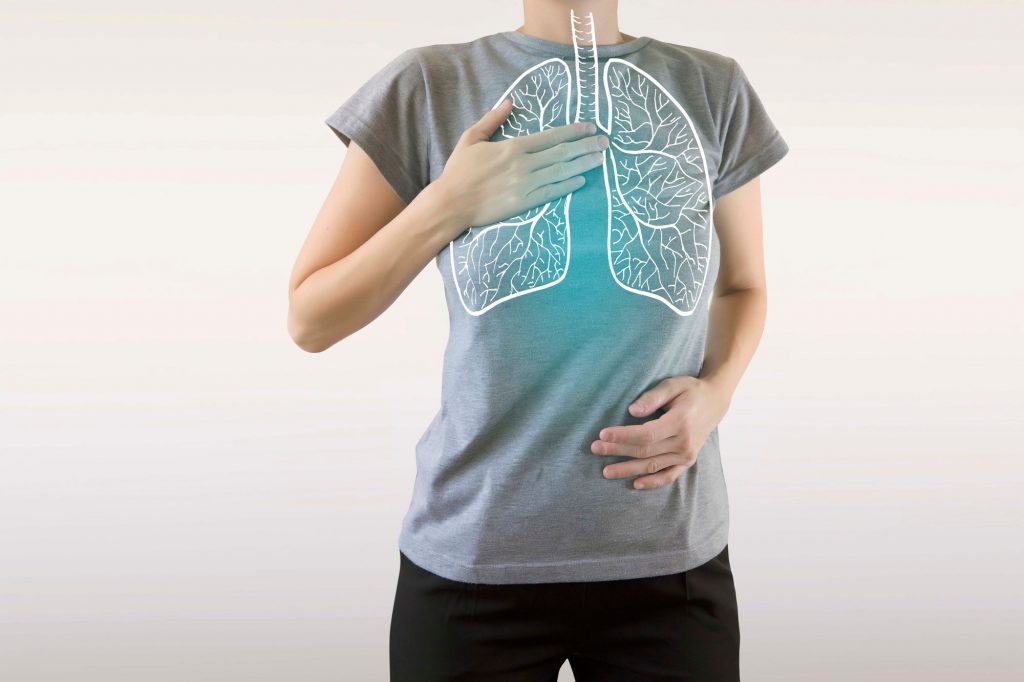
The Buteyko method
Dina is a prime example of someone who has changed their life through better breathing. In 2012, her asthma was out of control.
“I was really sick. Every month I had a chest infection. I was on antibiotics constantly, and I’m not the one to take medication lightly,” she says. “I was shuffling like an old lady, worried, and struggling to breathe. I was on the maximum dose of all my inhalers, using nasal spray and antihistamines. I was like, ‘I’m not even 50, is it downhill from now on?’”
A GP suggested she try Buteyko, a breathing technique first developed in Russia in the 1950s by Professor Konstantin Buteyko. Dina, who went to medical school for five years, was sceptical.
“I sat in the back thinking this better not be woowoo,” she says, laughing. “You come across all these things when you’re looking for health and getting better. But it made so much sense. In that first week, I didn’t need three of my four medications anymore. It was only the steroid inhaler I still needed. It took some months with my doctor’s help for me to taper it off.”
She’s not the only asthma sufferer who has experienced relief. The British Guideline on the Management of Asthma states that the Buteyko method “may be considered to help patients control the symptoms of asthma”, and also grades clinical research on Buteyko with a B classification – this indicates that supporting clinical trials are available.
Sharing the knowledge
Mum-of-eight Dina decided to retrain so she could help others to breathe freely. At her clinic, she identifies poor breathing habits using a capnograph, an instrument that measures the concentration of carbon dioxide in exhaled air. She then offers coaching sessions and workshops to restore functional breathing.
She says you’re never too old – or too young – to improve your breathing. Her youngest patient was her newborn granddaughter. “She was a snotty, snorting baby,” Dina recalls. “Her mouth was open and she was breathing through her mouth. I remember thinking, ‘This isn’t what I was taught, babies are supposed to be able to breathe properly!’”
Dina advised her daughter to have the baby tested for food allergies, and she was diagnosed as being intolerant to dairy and citrus.
“As soon as there was no dairy or citrus, there was no more snotty nose. Her mouth was closed and she was breathing through the nose. If this had happened to another family who had no awareness about breathing, the baby would be starting life mouth-breathing from day dot!”
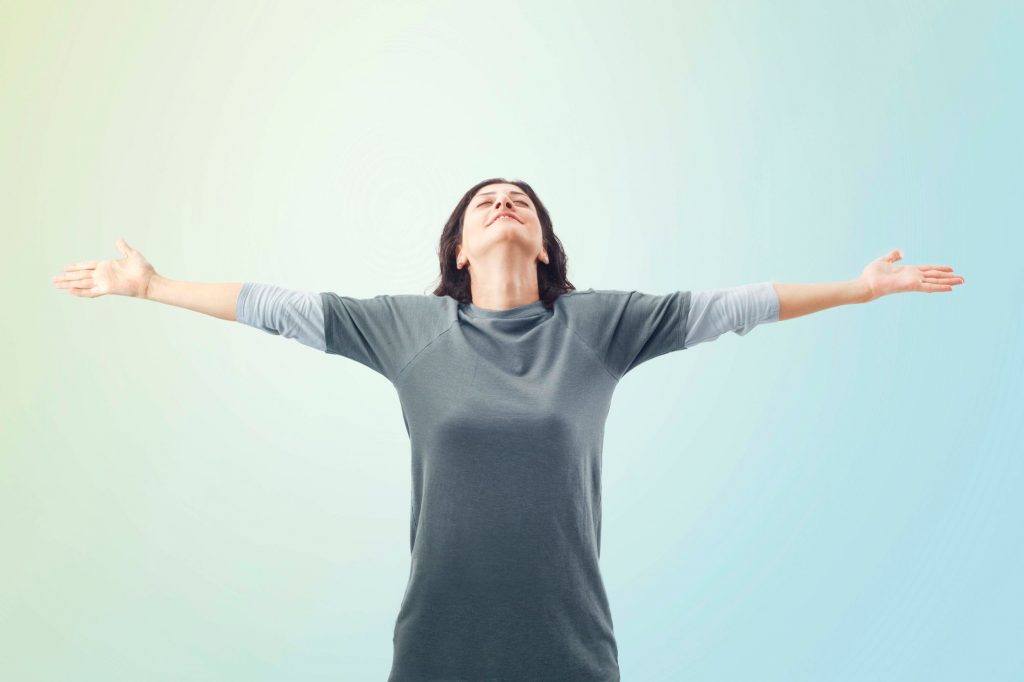
How to take control
Breathing is one of the only things we do that is under both conscious and unconscious control in our autonomic nervous system. “For that simple reason, it is our gateway into our nervous system,” says Emma Ferris of The Breath Effect.
The pattern and volume of our breathing, and the muscles we use to do it, can all communicate to our nervous system how we are reacting in the moment and therefore influence our emotional state as we are busy rushing around.
“Many of us are oblivious to the fact that our breathing pattern can be keeping us feeling stressed, anxious or tired, or making us feel safe, calm and nurtured,” says the physiotherapist and breathing coach. “Changing our breathing habits has a huge knock-on effect to multiple systems around the body, improving sleep and digestion, reducing pain and improving fatigue.”
The Breath Effect’s virtual course, The Busy Woman’s Guide to Cultivating Calm, inspires its members to immediately implement breath work in a way that fits with their schedule over its 30-day duration. With the support of an online community, there’s a focus on changing the way our bodies respond to stress so we can feel safe, whatever we may go through in life.
It’s well-known that stress impacts multiple levels of our body, from our psychology to physiology and physical elements. This is something Emma has experienced first-hand after she found out a man she was dating, and whose companies she had inested in financially, was in fact a con man wanted by the police. Sharing her story during the course, she shows that no matter how stressful your situation, you can pick yourself up off the floor and breathe through uncomfortable circumstances.
‘Without fail, exhale’, is her mantra.
“Learning to change the stress reaction in your body is key to navigating the tough times that occur in life due to trauma, illness, grief and change,” says Emma. “Arming yourself with tools that help you ride the lows can make a huge difference.”
Arming yourself with tools that help you ride the lows can make a huge difference
Some of the skills she shares are breath holds, which increase tolerance to carbon dioxide over time to help reduce feelings of anxiety and shortness of breath. Another technique is candle breathing (in through the nose and slowly out through pursed lips), to move away from breathing through your chest, bring CO2 levels back up and also soften your vocal cords – a helpful skill for those who need to deliver business presentations or personal speeches.
We have plenty of opportunities during the day to focus on our breath and find a deeper connection to how we are feeling. It’s about finding our baseline again so we can return to calm more easily, and to have tools to use when we face trauma.
Although it can be hard for women to focus on themselves while they’re often busy looking after everyone else, the overall message from Emma’s course is that we have to put our own oxygen mask on first, before we can help others.
“As I look back at the conversations we have had on retreat, it does come back to not putting ourselves first,” she says. “It can feel uncomfortable and and selfish doing this, but if you don’t, you can’t be the best version of yourself.”

